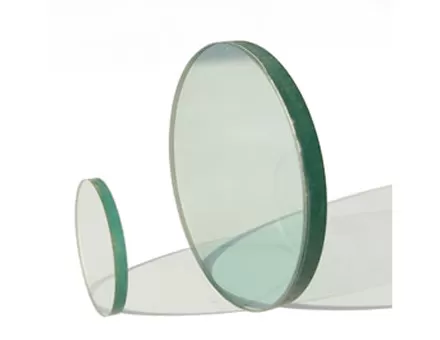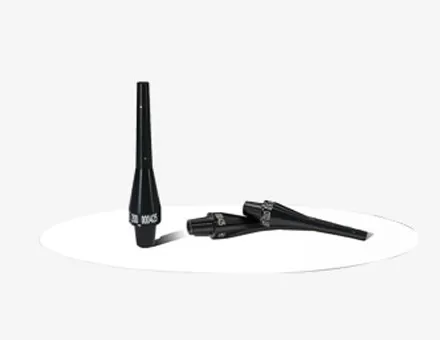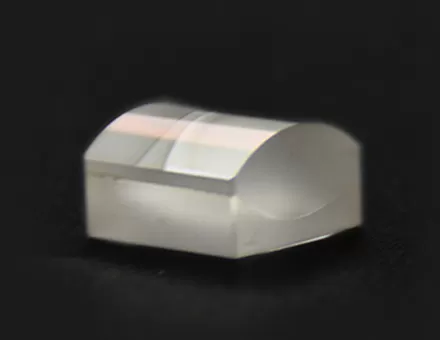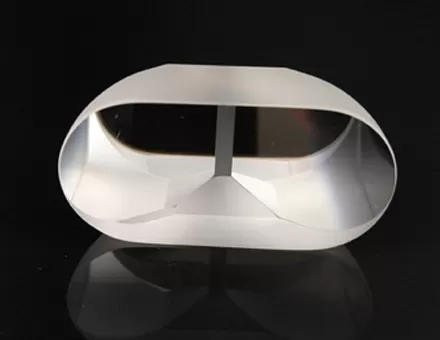Optical properties of transparent optical materials (transmissive materials)
It is mainly determined by the transmittance and refractive index of various colors of light, and most of the optical parts are made of optical glass. Generally, optical glass can pass various color light with wavelength of 0.35~2.5μm, and the color light beyond this range will be strongly absorbed by optical glass. Specially smelted optical glass can transmit specific wavelengths. Optical component manufacturers often give data on the standard optical materials used in their catalogs.
In transmissive materials, various optical crystals are widely used. The use of optical crystals can make the optical system work in a wider wavelength range than ordinary optical glass.
In addition, advanced optical materials have been applied to optical systems, such as Fresnel lenses, free-form optical curved elements, simple photographic objectives, magnifying glasses, etc. Such lenses are mostly molded or cast, with low cost and high production efficiency. Because the thermal expansion coefficient is larger than that of optical glass, they cannot be used in optical systems with high technical requirements.
Refractive properties of transparent optical materials
The refractive index n of light of the optical material, and the refractive indices n of F light and C light are the main refractive properties. This is because the F light and the C light are close to the two ends of the sensitive spectral region of the human eye; while the D light is in the middle of them, it is relatively close to the most sensitive spectral line of the human eye. In fact, the e light is closer to this wavelength.
In addition, advanced optical materials have certain standards and regulations for optical uniformity, degree of stress relief, degree of bubbles in glass, impurities, streaks, etc.


















 EN
EN





